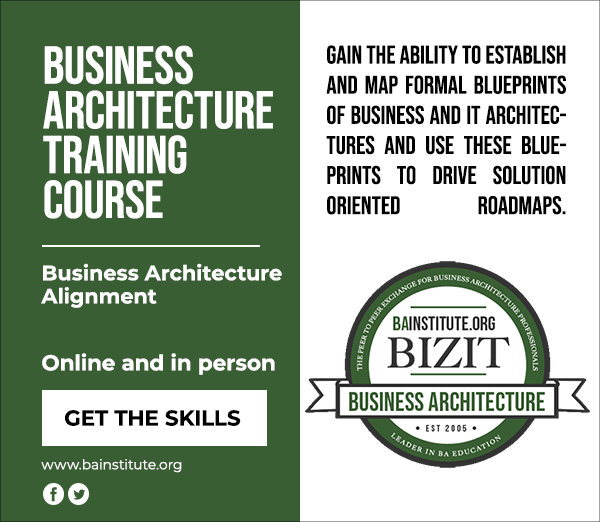How to Build an Inclusive Online Business for All Abilities
Creating an online business for all abilities means designing a digital space that welcomes everyone, including people with disabilities. This starts with making your website accessible. Use proper HTML structure, add alt text for images, ensure keyboard navigation, and follow WCAG (Web Content Accessibility Guidelines) standards. Choose high-contrast color schemes, readable fonts, and avoid flashing animations that may affect users with epilepsy. Accessibility features like screen reader compatibility and captioned videos help people with visual or hearing impairments navigate your content easily, making your business more user-friendly for everyone.

Beyond technical accessibility, inclusivity in your business model also means considering how your services or products are offered. Think about flexible payment options, clear communication methods (including email, phone, and live chat), and customer support that is trained to assist users of varying abilities. If you offer digital products, make sure they’re downloadable in accessible formats like PDFs with selectable text or audio versions. For service-based businesses, offering alternative ways to book, attend, or interact—such as virtual meetings with captions or ASL interpreters—can ensure that no one is excluded.
To truly build an online business for all abilities, inclusivity should be reflected in your branding, messaging, and company values. Use diverse imagery and language that reflects different communities, and share your commitment to accessibility on a visible section of your website. Consider collecting feedback from users with disabilities to improve their experience and show you value their input. Not only does inclusivity foster trust and loyalty, but it also expands your audience and strengthens your brand’s reputation. In today’s digital economy, accessibility is not just a feature—it’s a foundation for long-term, meaningful success.